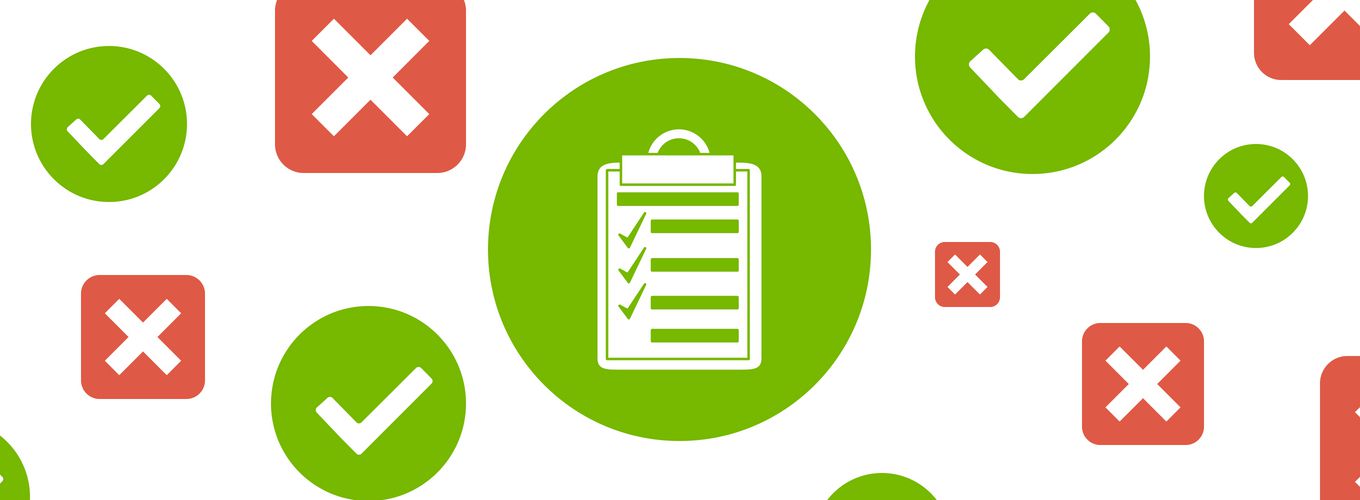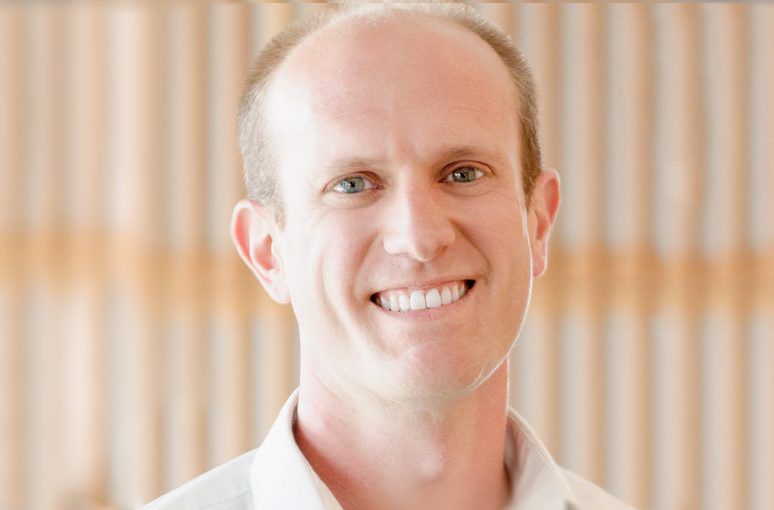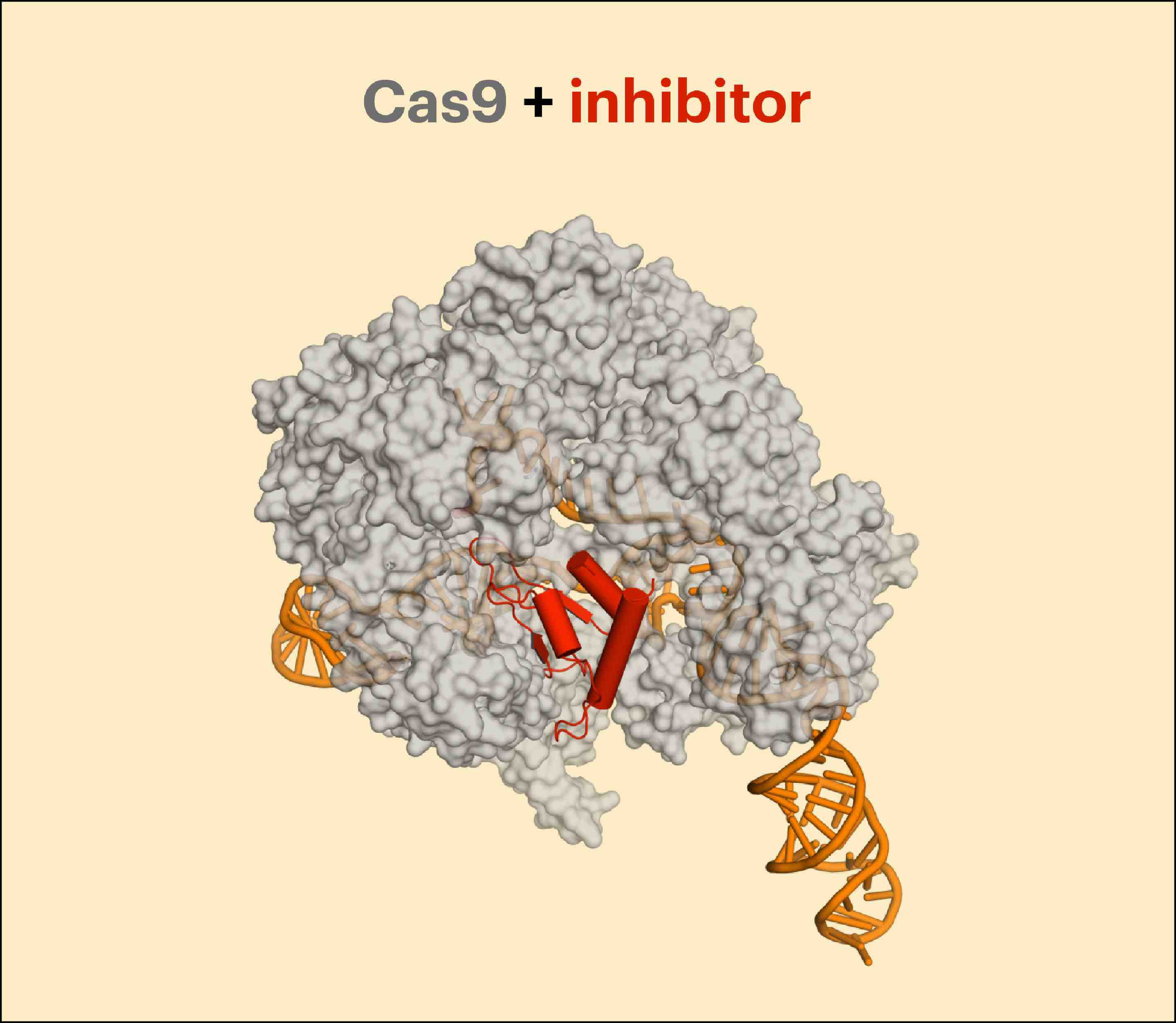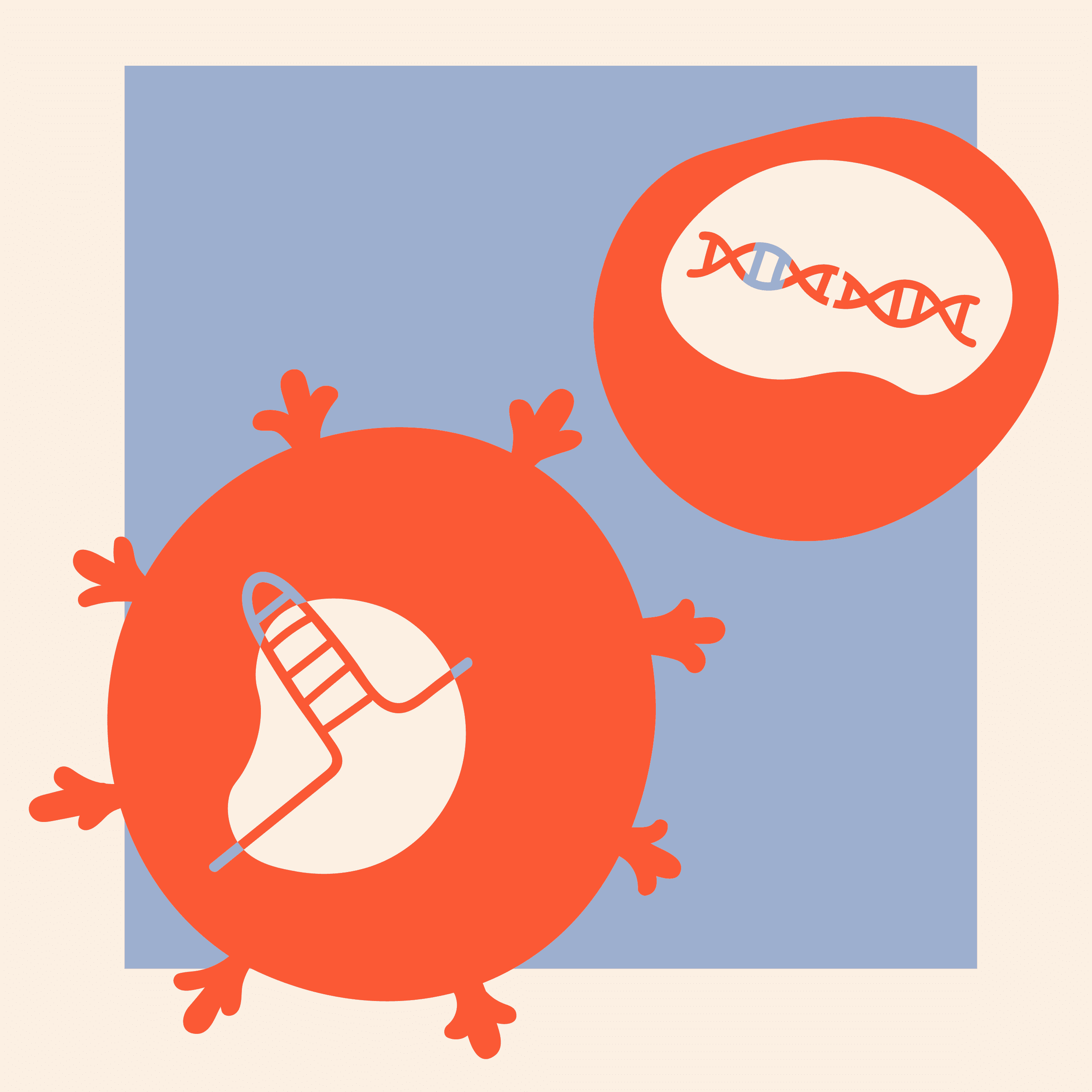

By now I’m sure most people who might read this blog have read about the clinical trial tragedy in France, in which several people were seriously injured (one left brain dead) during a FAAH inhibitor dose escalation study. To the best of my knowledge, this is the worst such event during a clinical trial since the cytokine storms associated with TGN1412. And highly apropos to gene editing, let’s not forget Jesse Gelsinger.
I bring up this horror because genome editing is still new but racing towards the clinic. Anyone motivated to help patients with new therapies, whether based on genome editing or otherwise, should closely examine clinical failures to learn as many lessons as possible. I’m sure a detailed analysis of the trial will be forthcoming, but what could gene editors learn from an disastrous enzyme inhibitor neuro trial?
Foremost, I think we need to think hard about safety testing for in vivo gene editing. There are currently several unbiased methods to assess off-target editing events, and some of these methods look pretty good as labs pit them against one another. If working in an ex vivo setting where one can sequence modified cells, one could certainly assure oneself that a reagent is clean. And an early safety study could test how edited cells that do get cleared from the body are tolerated.
But what about therapies that would modify a gene in situ? Differential dosing of an editing reagent might affect more or fewer cells. But it could also induce more or fewer off-targets. And unlike a traditional therapeutic, after editing has happened that patient can’t go off treatment. Instead, any negative effects become part of an individual’s genetic makeup and would need to be treated like a brand-new genetic disease.
These kinds of fundamental questions make me somewhat nervous when I hear groups declare that they’ll take Cas9 into the clinic by 2017. Therapeutic discovery takes courage, since there are real people hoping for cures at the end of the road. Those patients should be both the motivator and brakes for new therapies – how can we help them as quickly as possible while simultaneously taking care that we don’t make things worse?
I want to get there as rapidly as anyone, but while the first group to take Cas9 into the clinic will no doubt be famous in the biomedical community, the first seriously negative event (god forbid) would be infamous in a much broader sense. We need to give dots all the i’s and cross all the t’s along the way.
A few hours after I wrote this, I started to wonder if I come across as a Chicken Little on this blog. That’s probably a bit funny to those in my lab, since I’m usually relentlessly optimistic about gene editing and encourage them to be boldly entrepreneurial in their research. Maybe there’s something about the internet that brings out my opposite side.



